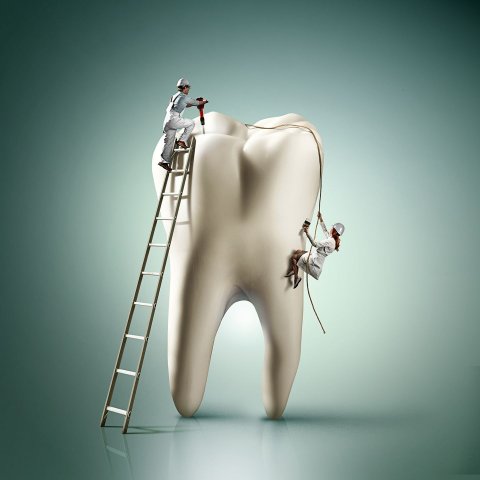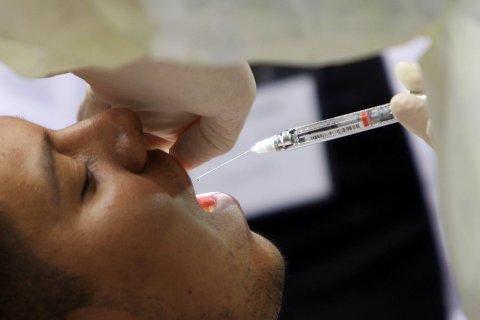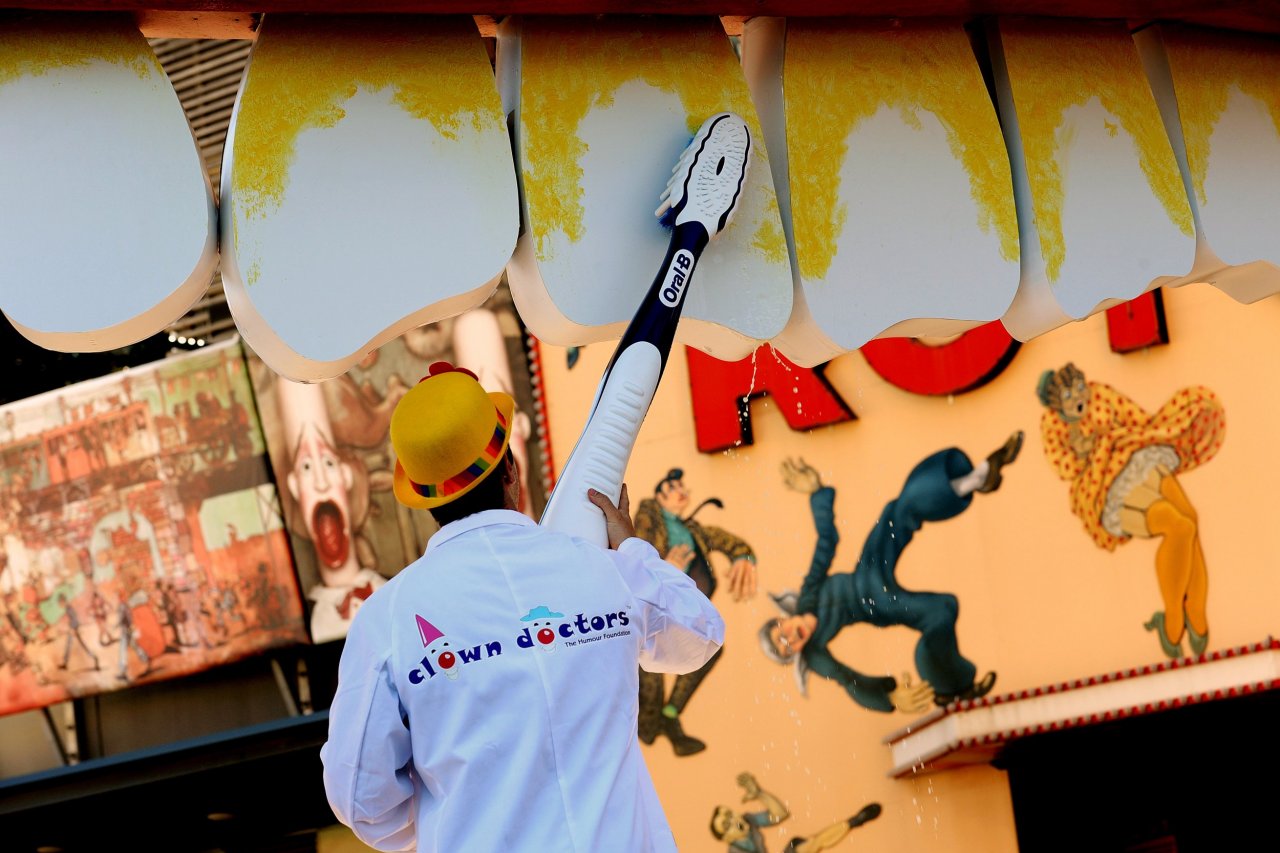She wasn't aiming to make history. But in the late 1990s, when Sumita Mitra, a chemist at 3M, began to use nanotechnology to improve dental fillings, that's exactly what happened. Now found in dental offices—and virtually every mouth—her fillings are one of those life-changing innovations we take for granted.
Newsweek spoke with Mitra, one of this year's inductees into the National Inventors Hall of Fame, about the science behind her creation and the key discovery that changed everything.
What was so revolutionary about your product?

Before the mid-1990s, fillings came in two different materials: microfill, which wasn't strong enough for stress-bearing regions of the teeth like biting surfaces, and hybrids, materials that were strong but didn't retain their aesthetics. They lost their shine and became rough from brushing and chewing. Dentists often had to use two types of materials for every filling, which created problems.
In the 1990s, nanotechnology [the manipulation of matter on an atomic, molecular and supramolecular scale] was emerging. I thought that if nanoparticles could be used to make a composite filling, the result would both look nice and be able to withstand wear and tear.
What made you think nanotechnology would be useful for fillings?
True nanoparticles have much smaller wavelengths than visible light, which means fillings made with them would look smooth. But they are also very strong, so one particle could serve both needs of the composite: They can be used for the stress-bearing areas of the posterior teeth and the biting surfaces of the front teeth. The material also retained its aesthetics with brushing and abrasion, which is very important to patients. It also has opalescence, a key characteristic of natural teeth.
Did you make the fillings yourself?
I didn't have much experience with nanotechnology, but scientists at 3M's corporate research labs were working with it for other uses. We joined forces and developed some very unique combinations of nanoparticles, called nanomers and nanoclusters, which provided the nanocomposite.
The work was groundbreaking and led to the creation of the 3M Filtek Supreme Universal Restorative. The product was the first successful use of nanotechnology in dental material and the first commercial application of nanotechnology at 3M.

What was the "eureka!"moment?
There were several. Any invention starts with a problem, and I knew what that was. But this one had several different solutions. Realizing that nanoparticles could achieve all the requirements was one significant moment, but the ability to cluster and combine nanoparticles was the big breakthrough. Nanoparticles are all the same size, and I realized that you could cluster them like a bunch of grapes—you could have three or 30 or 300 grapes. That would provide the broad distribution of sizes.

Did you have any idea how successful your invention would be?
I knew what creating a commercial success would take, but I didn't think our invention would be broadly embraced. It really took dentistry by storm, though, and that's because patients and dentists were pleased with it. —Kate Sheridan


















